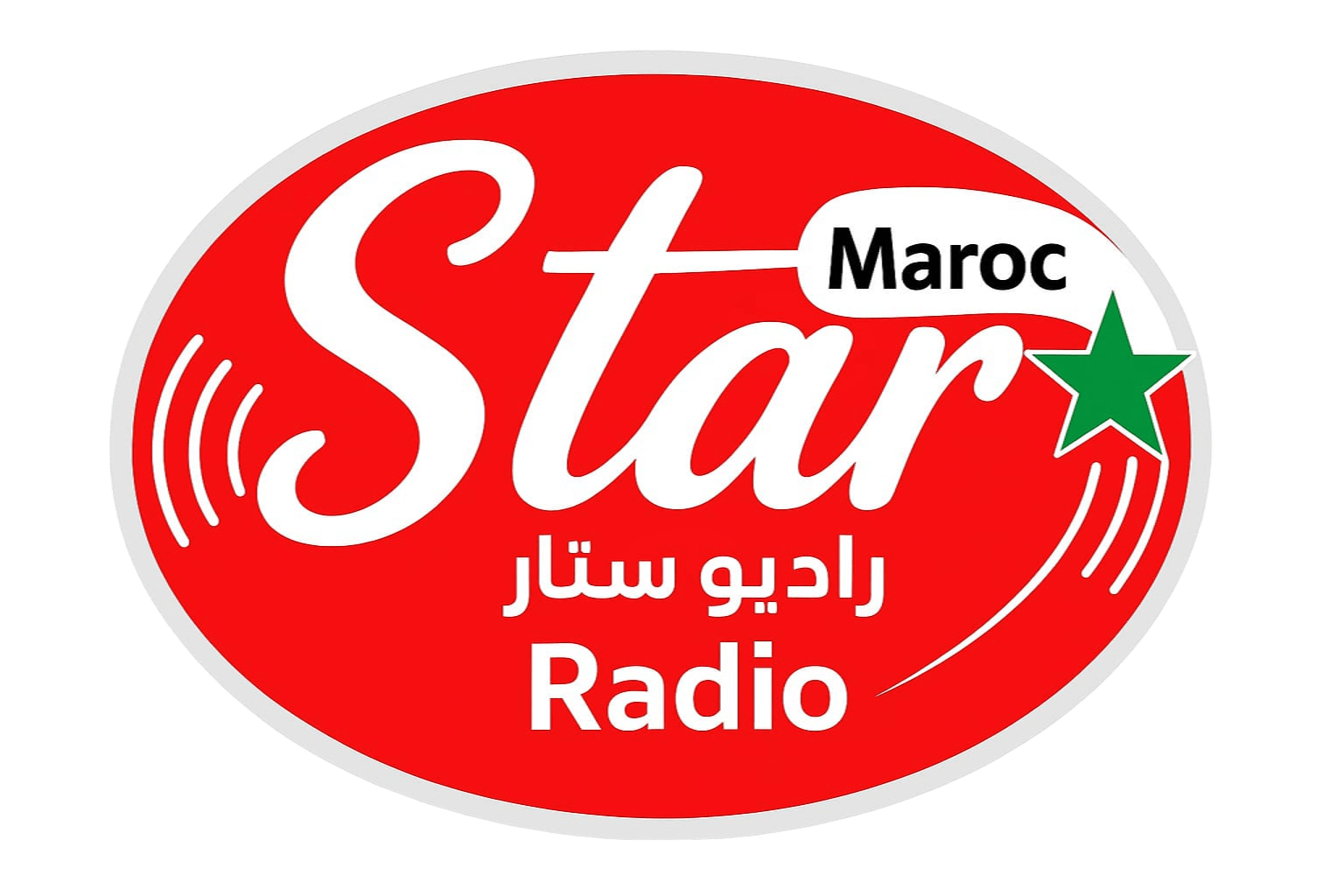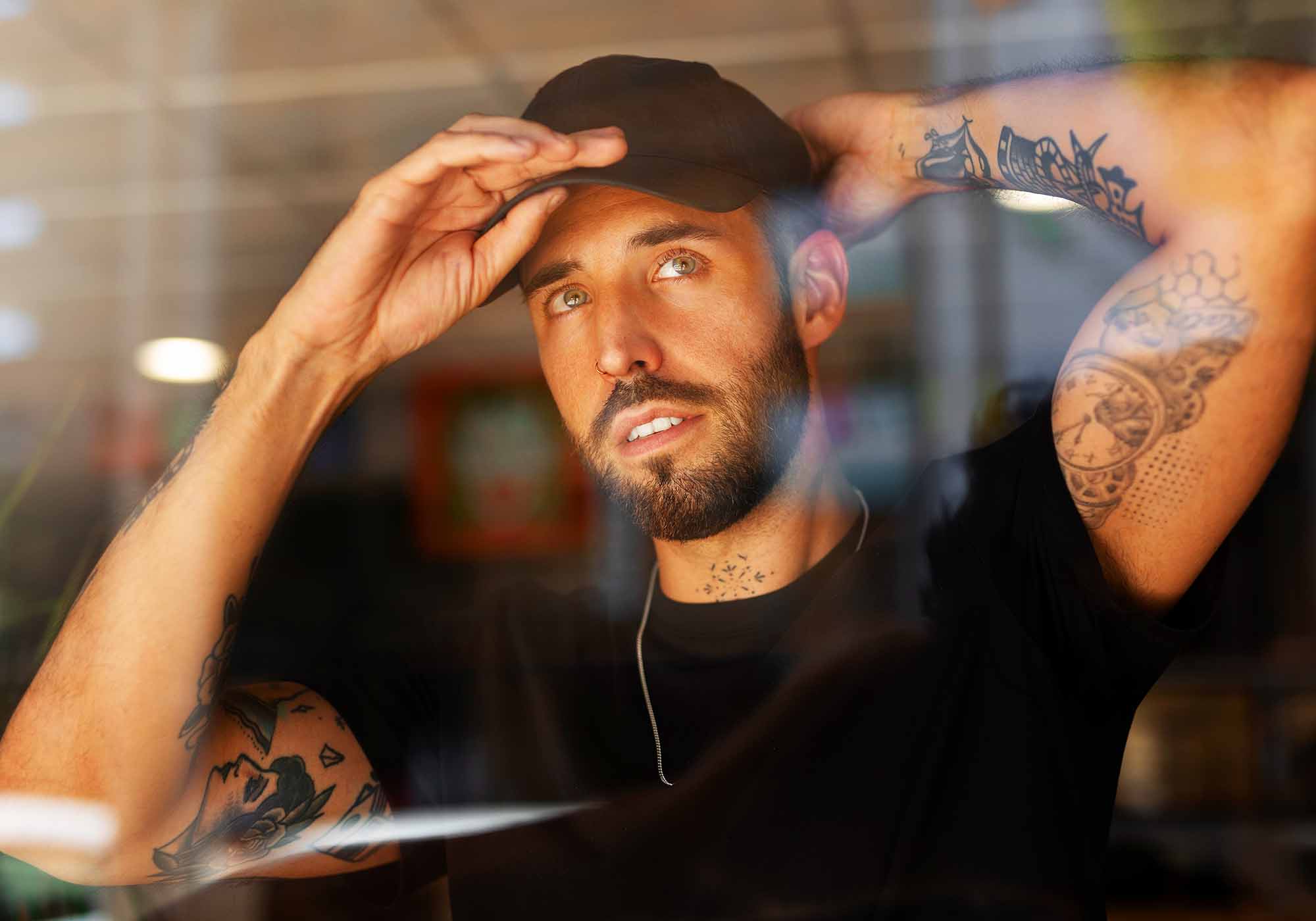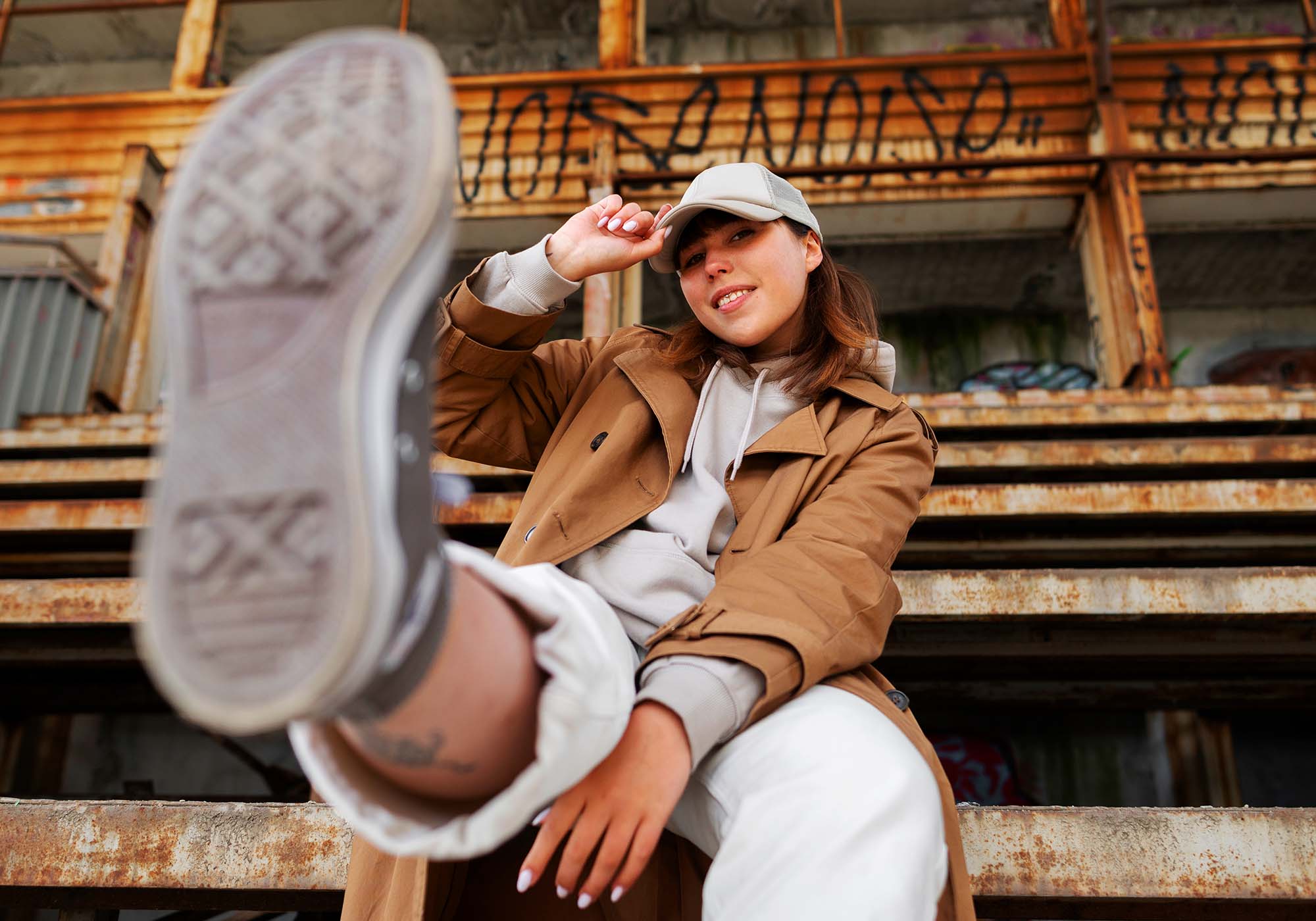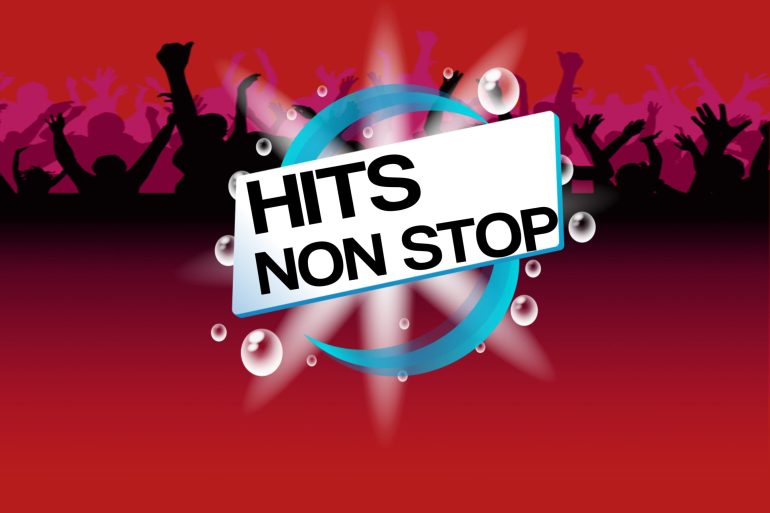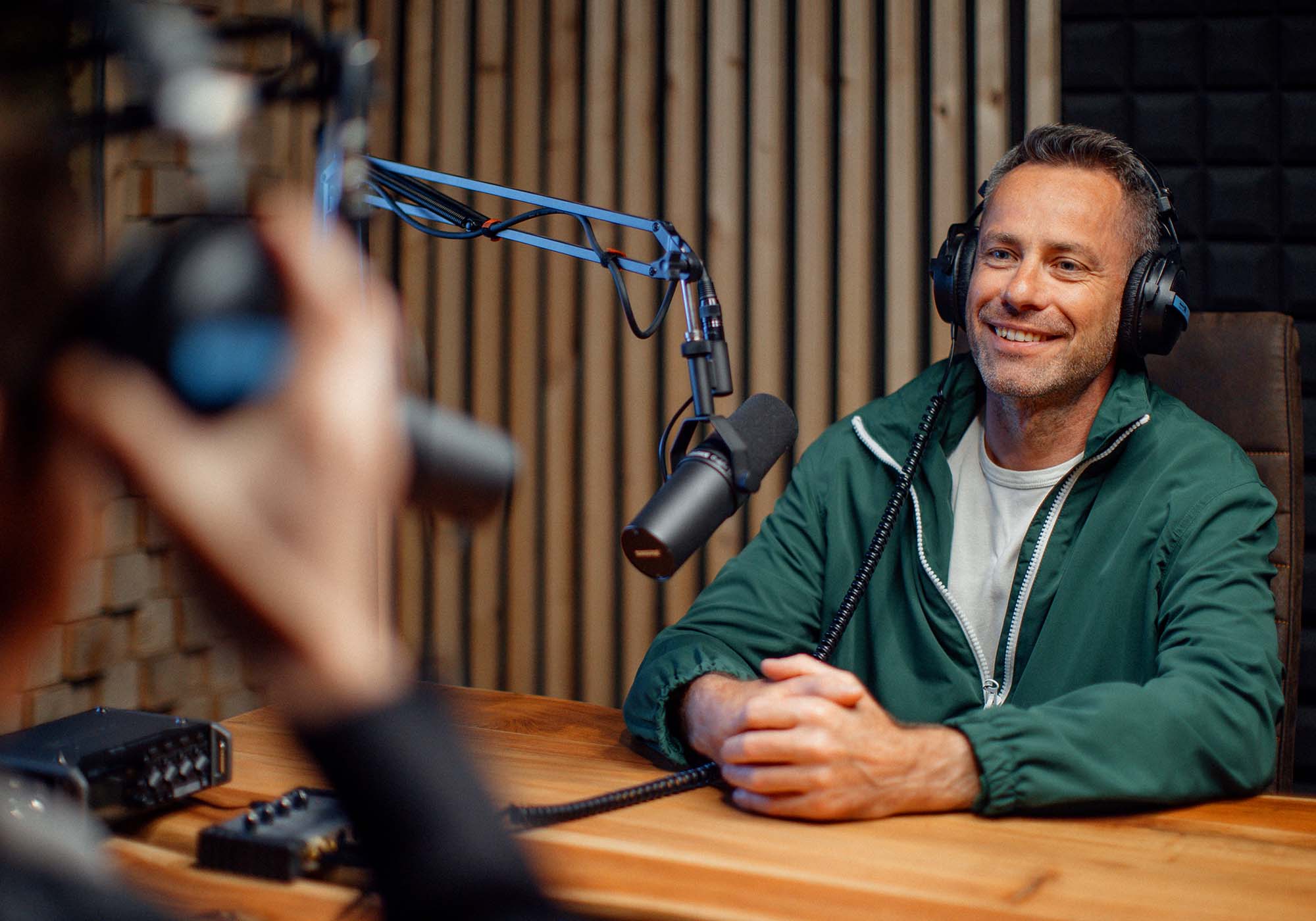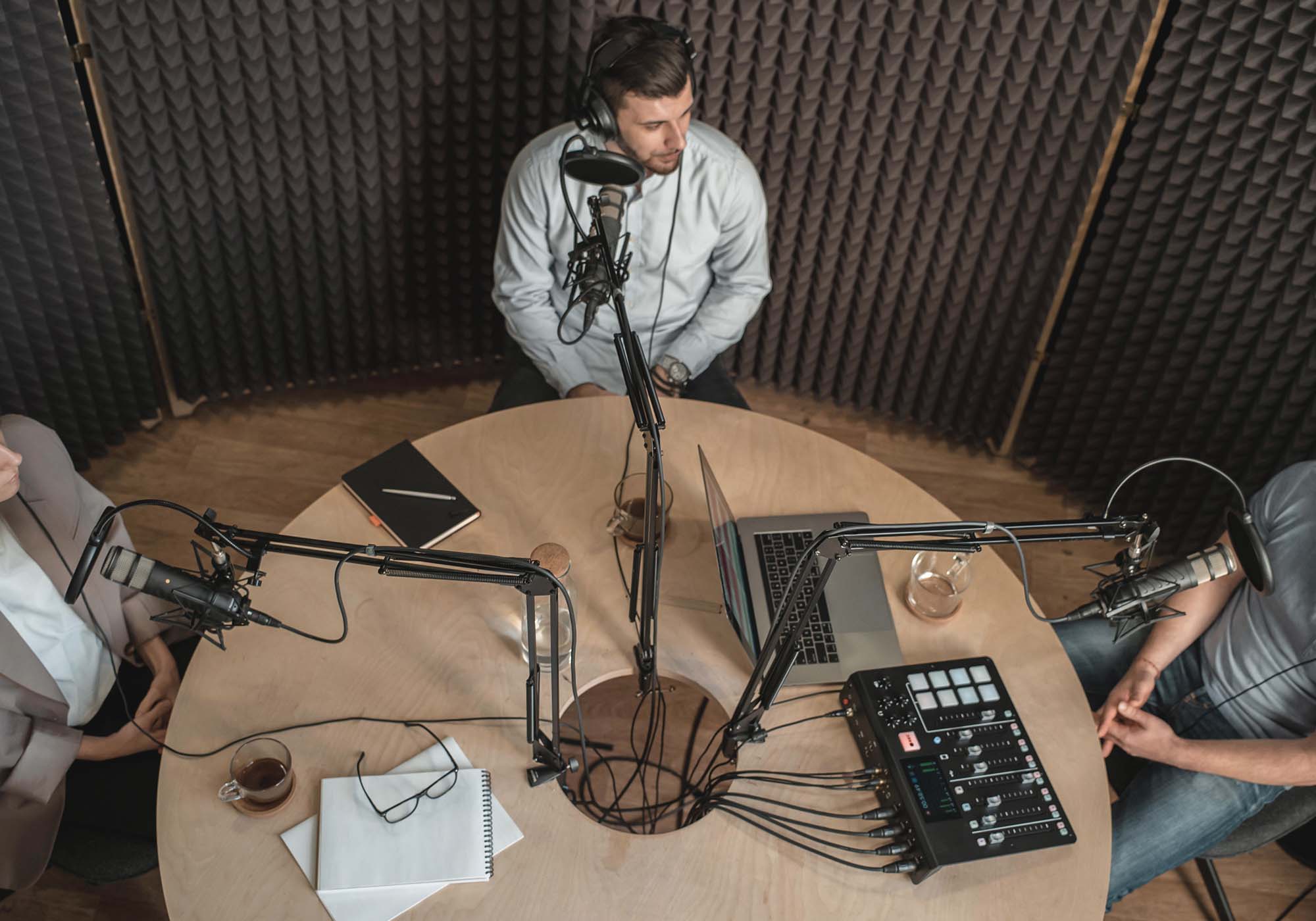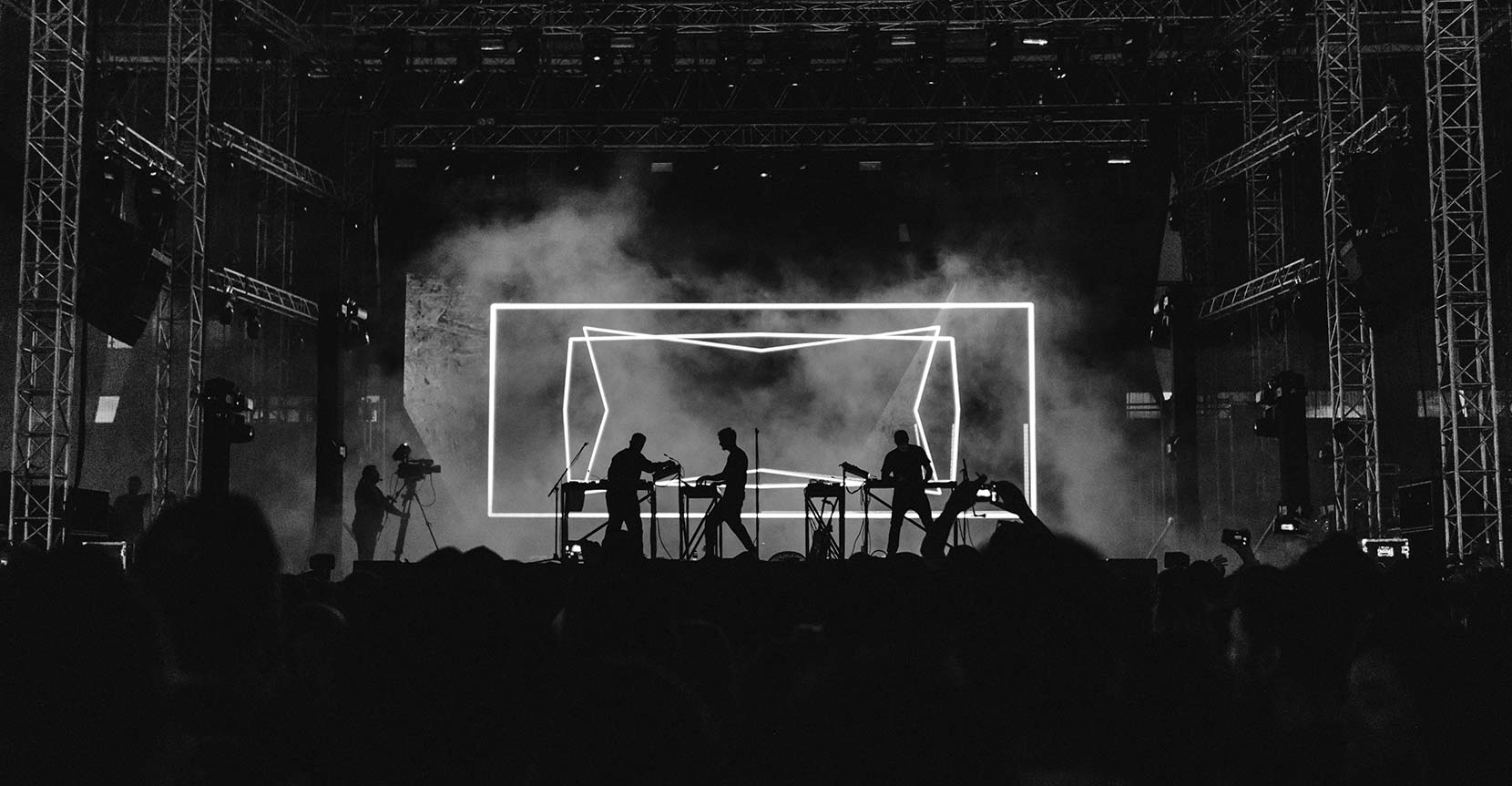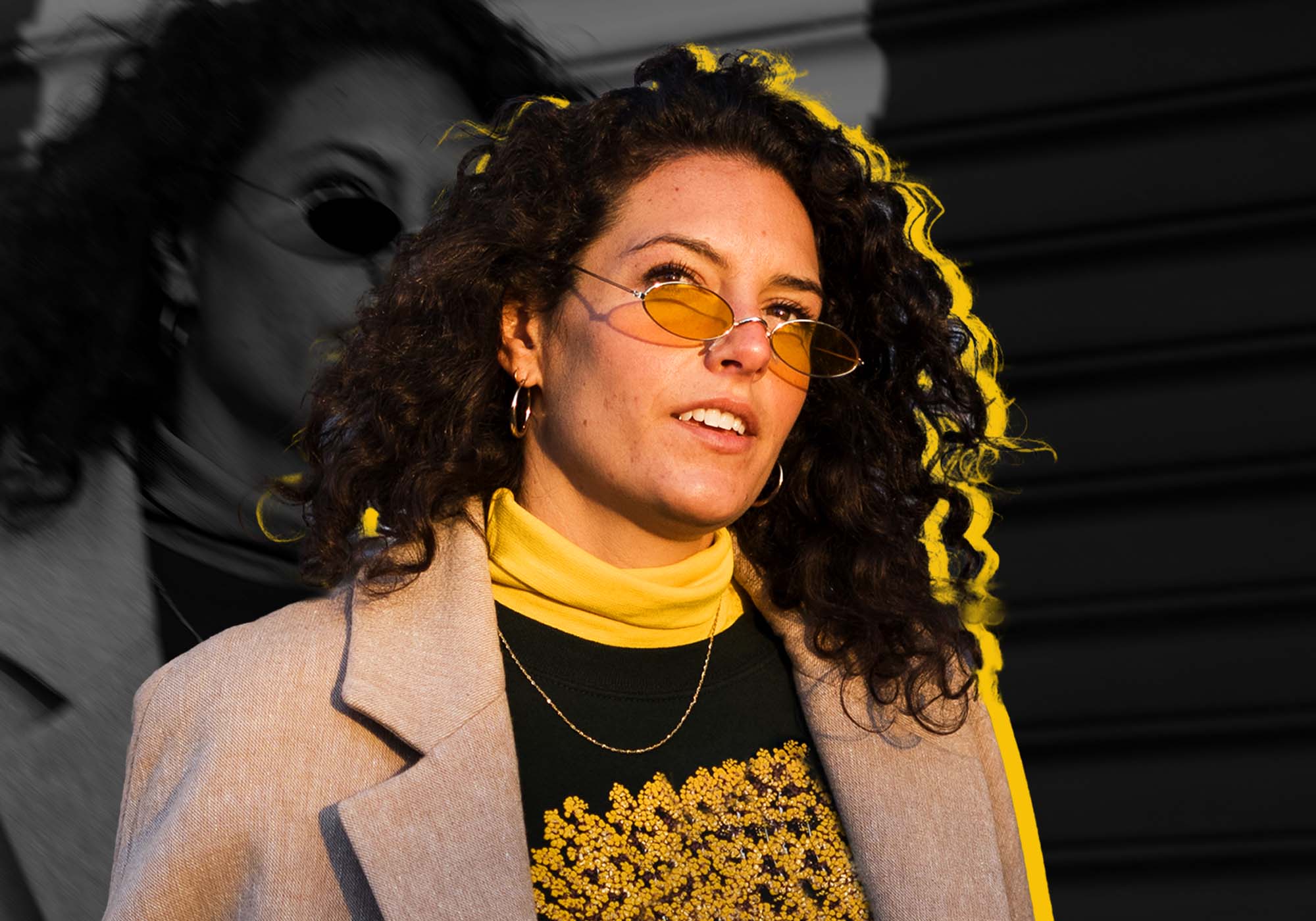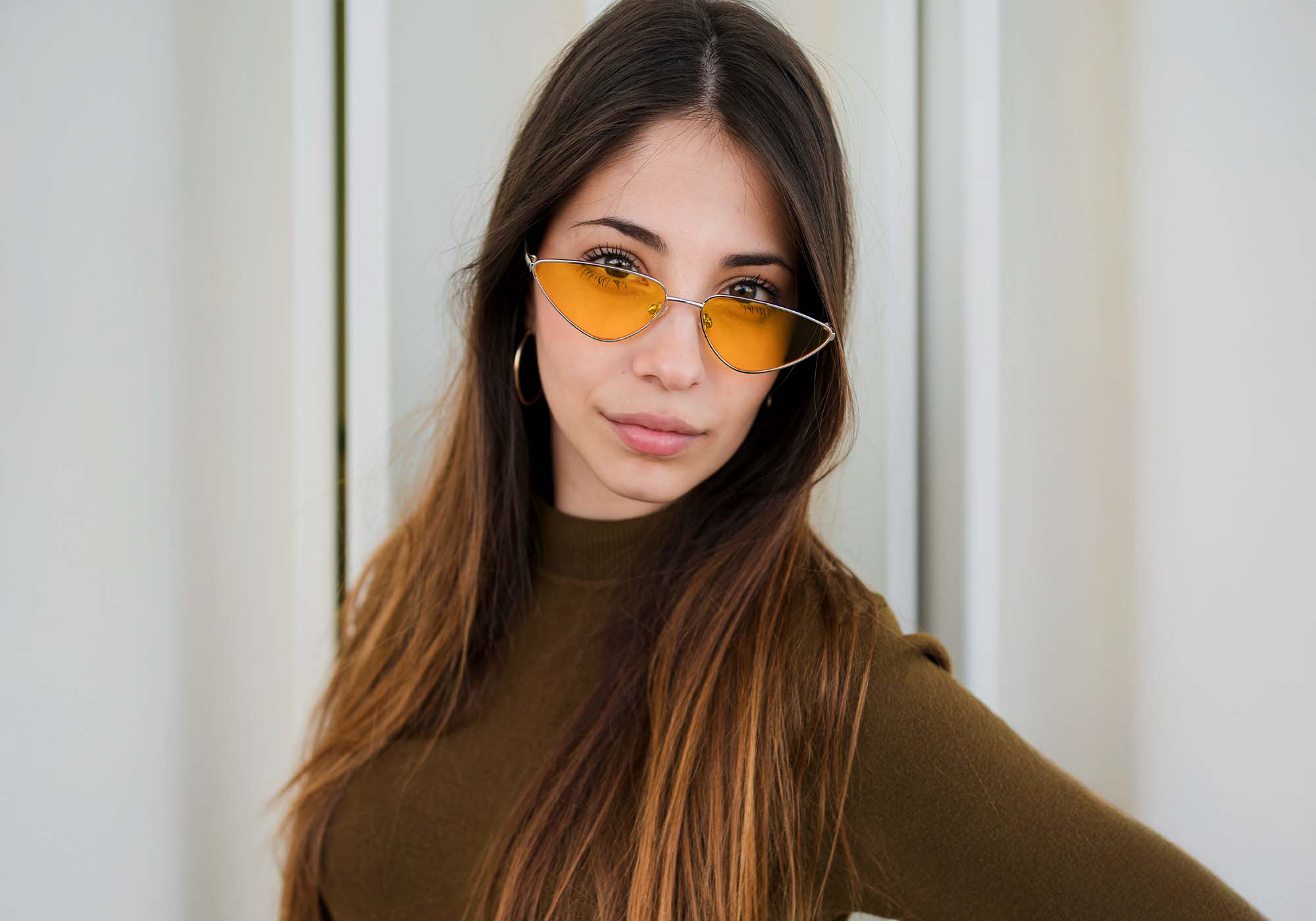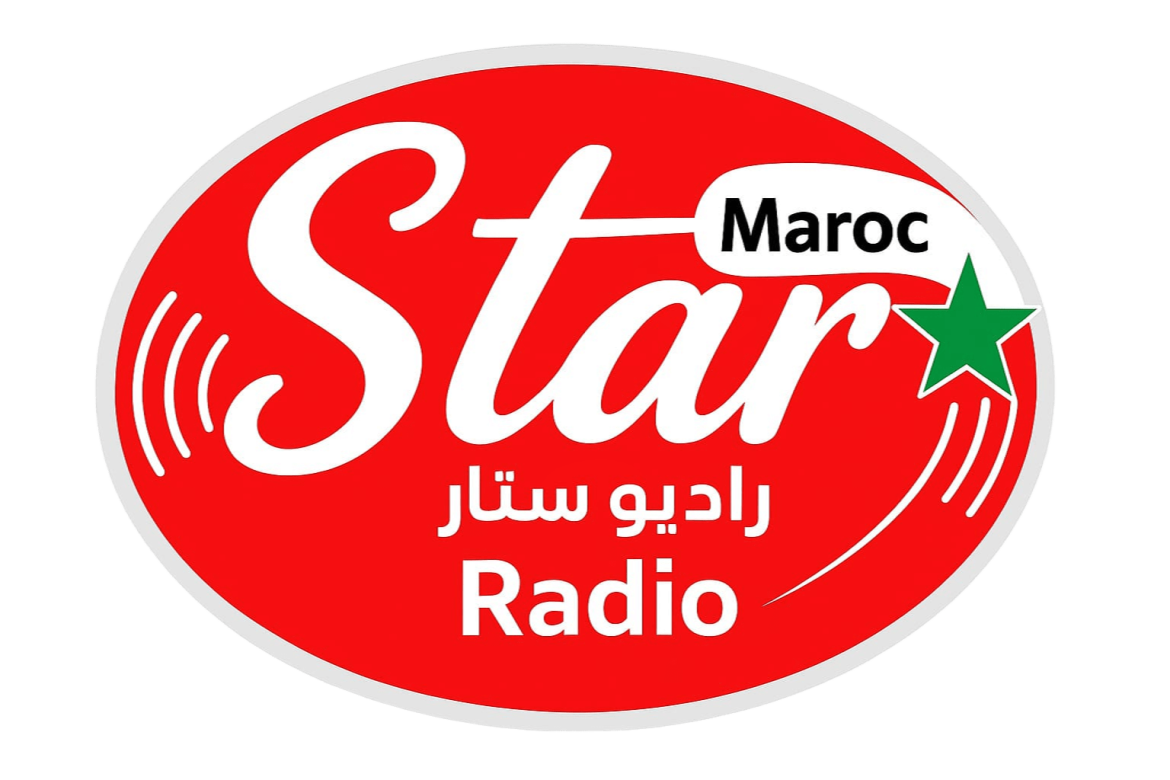-
 play_arrow
play_arrow
Radio Star Maroc Live RADIO STAR MAROC
-
 play_arrow
play_arrow
فرفش live
-
 play_arrow
play_arrow
لقاء حول مبادرة التبرع بالدم المنظمة من طرف "ENCG"
-
 play_arrow
play_arrow
كلام بالقلب /الموسيقى القديمة و تاتيرها على دكرياتنا
-
 play_arrow
play_arrow
كلام بالقلب كيفية تنظيم اساسيات الحياة
-
 play_arrow
play_arrow
كلام بالقلب / اللعب بالمشاعر .
-
 play_arrow
play_arrow
لقاء خاص مع نائب رئيس النادي الاجتماعي حول مبادرة محفضتي
-
 play_arrow
play_arrow
كلام بالقلب / مواصفات و مقومات العلاقة الناجحة
-
 play_arrow
play_arrow
كلام بالقلب / الضغط النفسي الناتج عن اختيار شريك الحياة othmane
-
 play_arrow
play_arrow
لقاء خاص
-
 play_arrow
play_arrow
كلام بالقلب الغلط و الاعتراف فضيلة
-
 play_arrow
play_arrow
كلام بالقلب عادات و تقاليد العيد
-
 play_arrow
play_arrow
كلام بالقلب التربية
-
 play_arrow
play_arrow
كلام بالقلب التبذير
-
 play_arrow
play_arrow
كلام بالقلب صلة الرحم
-
 play_arrow
play_arrow
كلام بالقلب
-
 play_arrow
play_arrow
ستار ويكاند
-
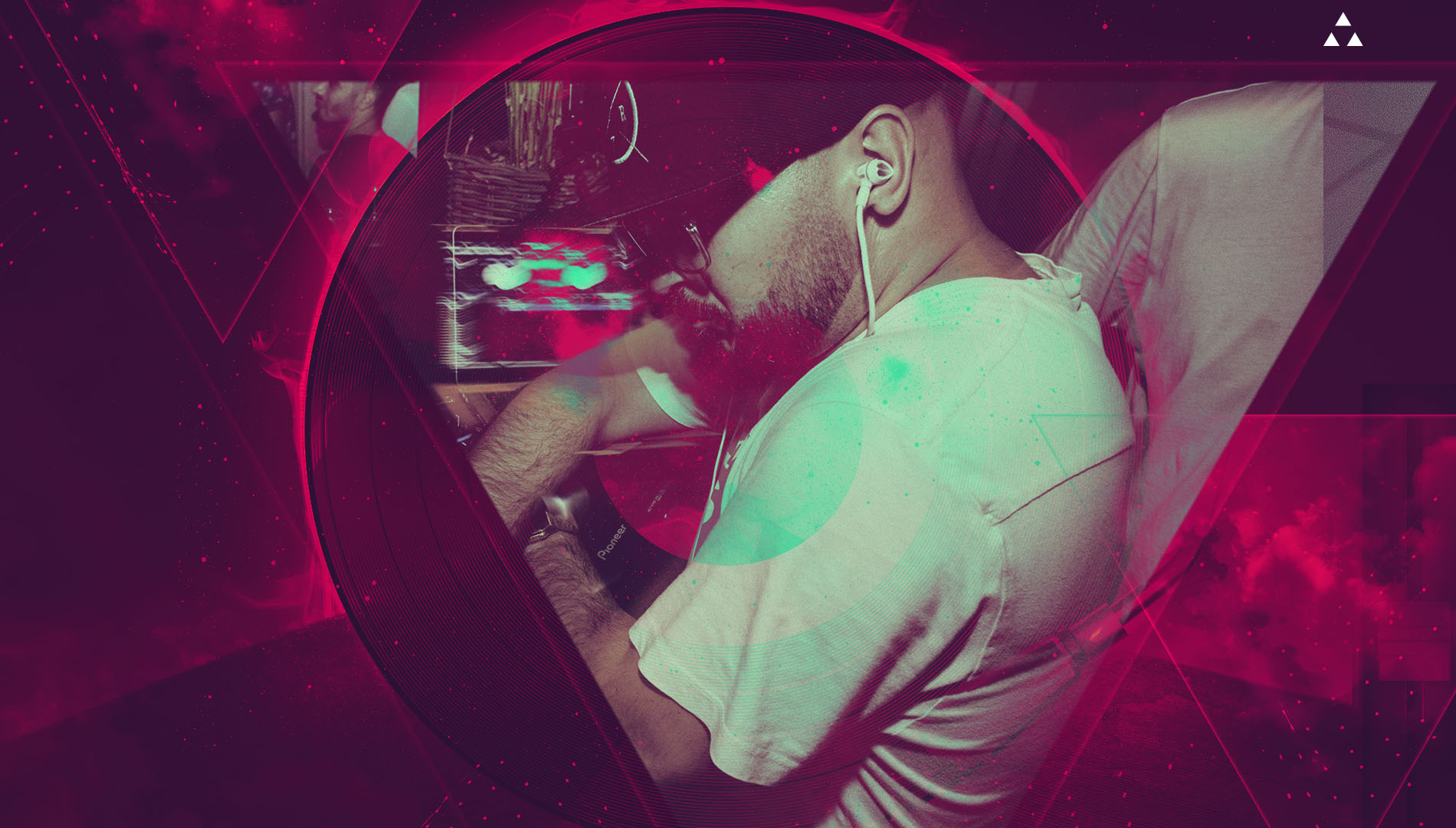 play_arrow
play_arrow
Tech House Podcast Robot Heart
-
 play_arrow
play_arrow
The Truth Podcast #10 Robot Heart
-
 play_arrow
play_arrow
The Truth Podcast #8 Robot Heart
-
 play_arrow
play_arrow
The Truth Podcast #7 Robot Heart
Rap and urban music have transcended from underground movements to global powerhouses. More than just beats and rhymes, these genres represent culture, struggle, success, and the raw voice of the streets. From hip-hop’s origins in the Bronx to today’s international dominance, urban music continues to evolve, shaping and reflecting society.
The Roots of Rap & Urban Music
Rap music emerged in the late 1970s in the South Bronx, New York, where DJs like Kool Herc pioneered beat-breaking techniques and MCs began rhyming over instrumentals. Influenced by funk, soul, and jazz, early rap was a form of storytelling, allowing artists to express their realities. Groups like Grandmaster Flash & The Furious Five and Run-D.M.C. laid the foundation for the genre’s explosive growth.
As the movement grew, urban music expanded beyond hip-hop, embracing R&B, trap, reggaeton, and grime—each with its own rhythm but rooted in the same street-born energy.

The Golden Era: Lyrical Mastery and Cultural Impact
The 1990s are often called hip-hop’s « Golden Era. » Legends like Tupac Shakur, The Notorious B.I.G., Nas, and Jay-Z revolutionized rap with poetic lyricism and storytelling. This was also the time when regional sounds flourished—West Coast G-Funk, East Coast boom-bap, and the rise of Southern rap.
Urban music became a global voice for marginalized communities, addressing topics like racial injustice, street life, and personal struggles. It was more than entertainment—it was a movement.
The Evolution: Trap, Drill & Global Sounds
Rap has never stopped evolving. The 2000s and 2010s saw the rise of trap music, led by pioneers like T.I., Gucci Mane, and Young Jeezy. The heavy bass, hi-hats, and hypnotic flows became the sound of a new era, with artists like Future, Travis Scott, and Lil Baby pushing it to mainstream heights.
The 2020s continue to see diversity in urban music. Drill rap (from Chicago and later the UK) brought gritty beats and aggressive flows, while reggaeton and Afrobeat influences fused global sounds into rap and R&B. Today, artists like Drake, Bad Bunny, and Burna Boy are breaking cultural and language barriers, making urban music a worldwide phenomenon.
The Influence of Urban Music on Culture & Fashion
Rap isn’t just music—it’s a lifestyle. From baggy jeans and oversized jerseys in the ‘90s to designer streetwear today, urban music has dictated global fashion trends. Brands like Supreme, Off-White, and Balenciaga have all been shaped by hip-hop culture.
Beyond fashion, rap influences language, social movements, and even business, with artists like Jay-Z, Kanye West, and Rihanna proving that hip-hop is an empire, not just an art form.
The Future of Rap & Urban Music
With technology, streaming, and social media, urban music is more accessible than ever. New artists are breaking into the scene without record labels, using platforms like TikTok, YouTube, and SoundCloud. Genres will continue to merge, and innovation will push boundaries.
One thing is certain: rap and urban music will always be the heartbeat of the streets and the voice of a new generation.
Écrit par: rsm
Artists charts Dj events Hits music Pop reviews Rock
Articles similaires
Search
LATEST NEWS
SEARCH
ON AIR
Étiquettes
TREND TAGS
POST CATEGORIES
HOT NOW
Chart
-
-
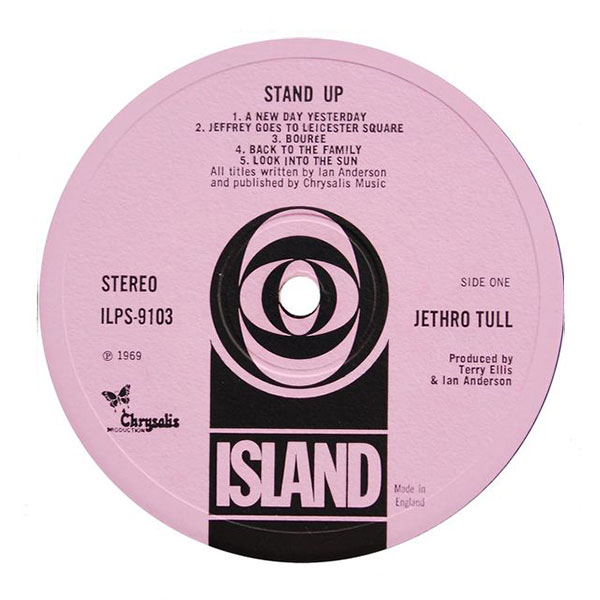 play_arrow
play_arrow
Who Jimin
-
-
-
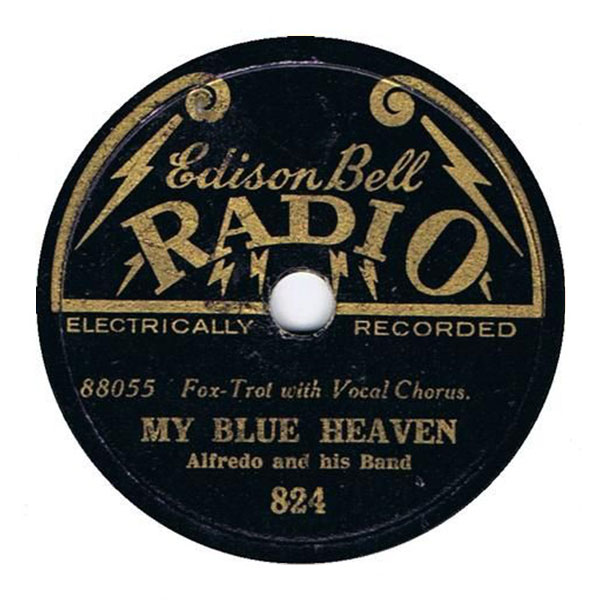 play_arrow
play_arrow
Timeless The Weeknd & Playboi Carti
-
-
-
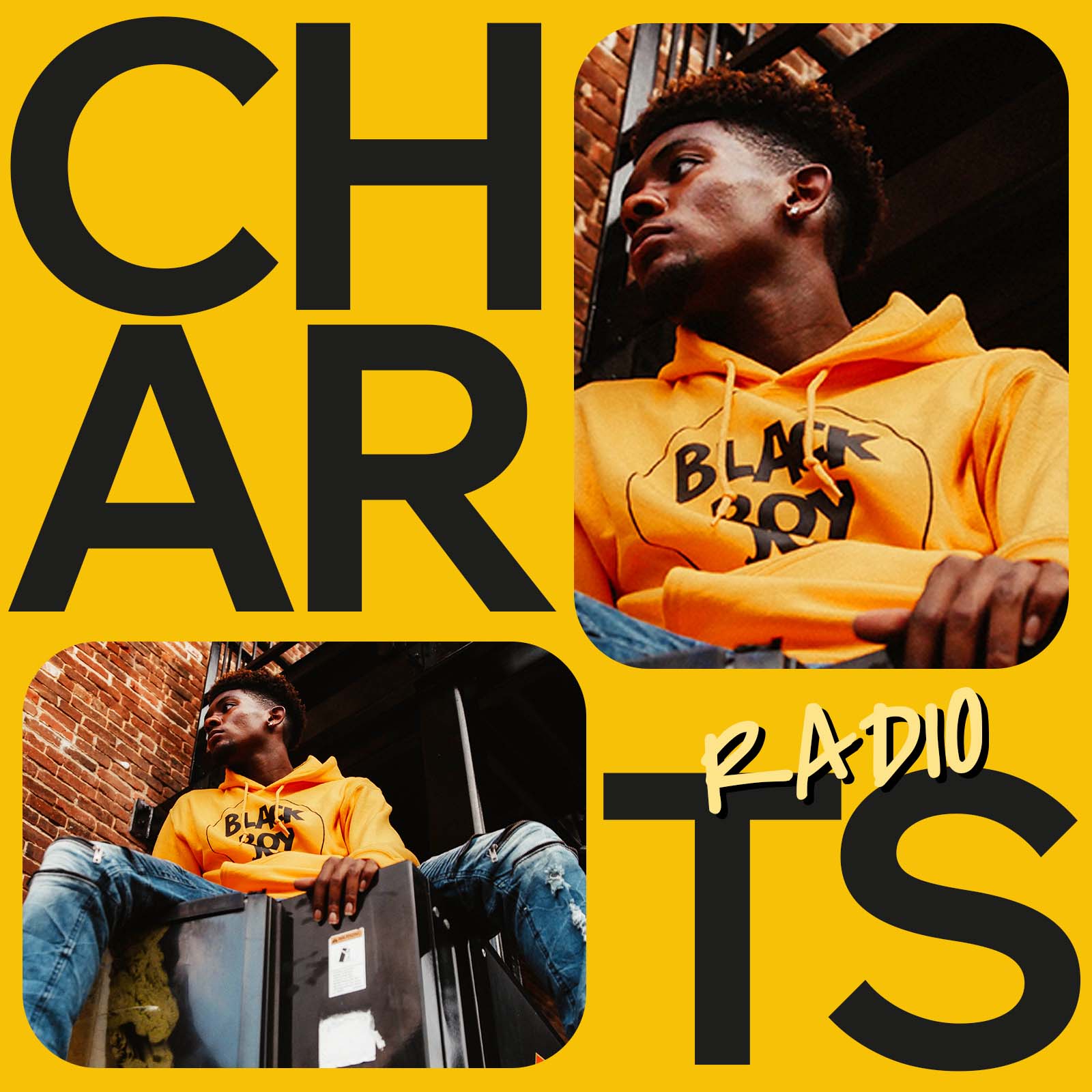 play_arrow
play_arrow
Back Outside Guvpo
-
-
Top popular
Latest news
Now on air
Upcoming shows

AFRO HITS
4:00 pm - 6:00 pm

PLAYLIST SIHAM
Mixed by Yana Bolder
6:00 pm - 7:00 pm
